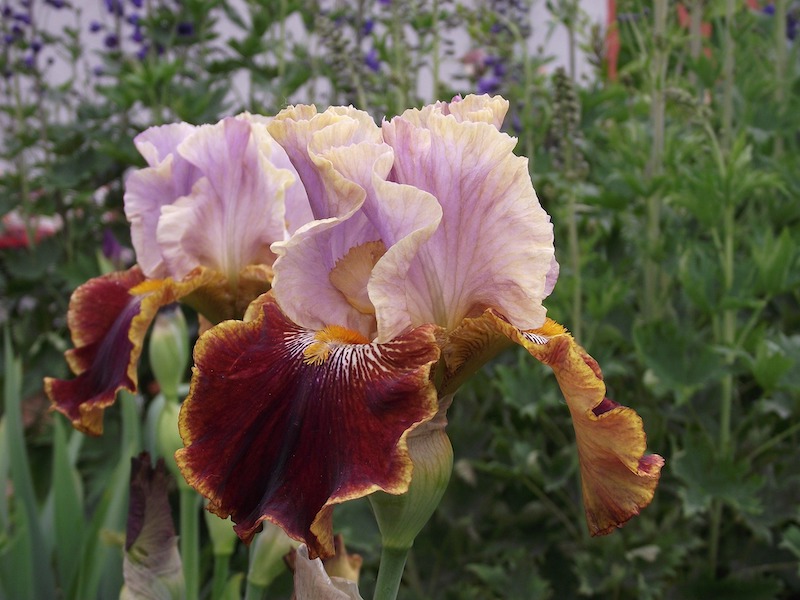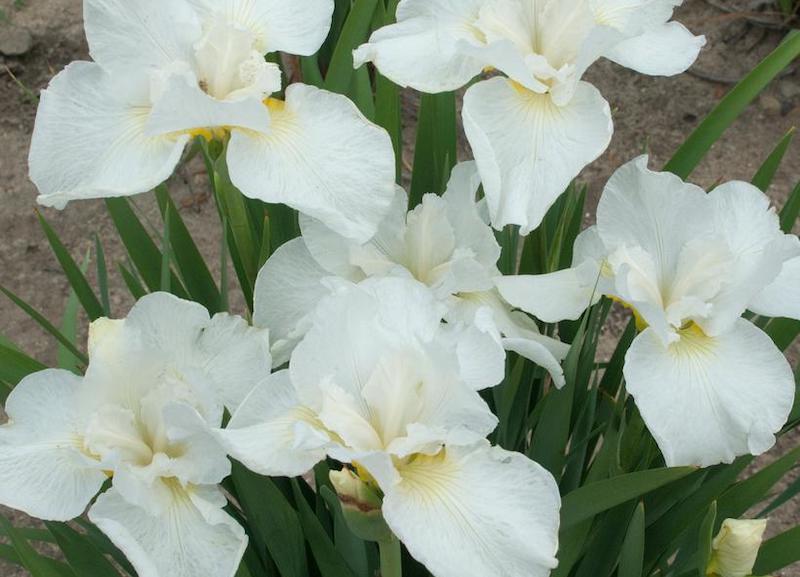Irises are some of the easiest flowers to grow in the garden. Year after year they produce a lovely flush of blooms that brighten the perennial border for many weeks. When your iris plants suddenly produce far fewer flowers or have lost their growing vigor, there can be several explanations. The reassuring news is that most of the issues can be easily reversed and your plants will be once again at peak performance.

Common Reasons Why Iris Isn’t Blooming
The list of reasons for iris to stop blooming is quite long and varies from placement in the garden to a more concerning infestation of disease or pests. Iris prefers at least 6 hours of full sun exposure to produce the best flower display. Shady positions in the garden are tolerated at the cost of flowers and overall plant size. Watering issues such as over- or under-watering will cause iris to stop producing flowers. Even though the majority of iris varieties are drought tolerant, they do need regular moisture to support good flower development. Late frosts in the spring can also cause an iris to abandon flower development in favor of self-preservation. However, by far the most common reason for lack of iris blooms is overcrowding, especially for container-grown plants. Regular dividing of the root mass encourages robust growth and blooming. Bearded iris will benefit from dividing every 2-3 years, while nonbearded varieties such as Siberian and Japanese iris can grow much longer without dividing.
Pruning Iris To Help It Bloom
Very few irises are reblooming types. Typically, the plants have one extended show of flowers, and then plants develop seeds. Deadheading doesn’t help iris to produce more blooms in the same season. Instead, the deadheading helps the plant retain vigorous growth through the summer and focus energy on forming a strong root system and not seeds. The deadheading you do in the summer guarantees that growth and flowering will be abundant the following year.

Fertilizing Iris To Help It Bloom
Iris typically only needs an annual light feed. Applying a granular, slow-release, balanced fertilizer in the spring as the new growth emerges is sufficient to support healthy growth all season long. Using more fertilizer than recommended or applying it repeatedly throughout the season can reduce blooming and weaken the plant, making it more susceptible to pests and diseases. Mulching iris in the fall is not only a great way to add insulation around the rhizome for winter, but also to enrich the soil over time.
Get Iris To Produce More Blooms
Rhizomatous and bulbous irises typically bloom once during the season. Encouraging more blooms by overfertilizing the plants does not work and will result in a weakened plant that is more likely to be attacked by pests and diseases.
Why Iris Isn’t Blooming
- Underwatered
- Possible pest or disease issue
- Planted in too much shade, provide at least 6 hours of full sun exposure
- An exceptionally late freeze in the spring after growth has started
- Overcrowded conditions in the garden bed or container
 |
Author Robbin Small - Published 4-19-2023 |
